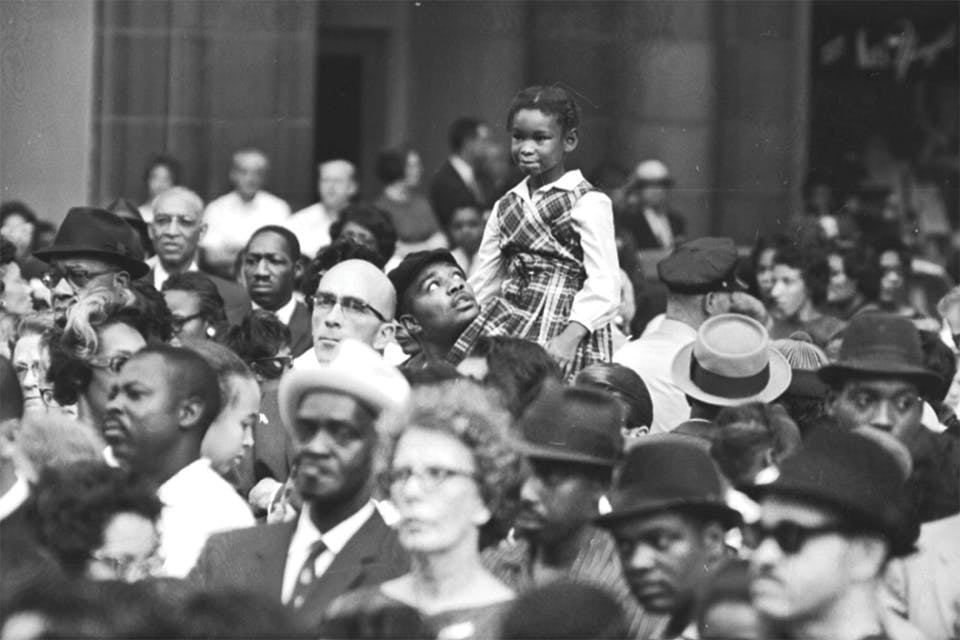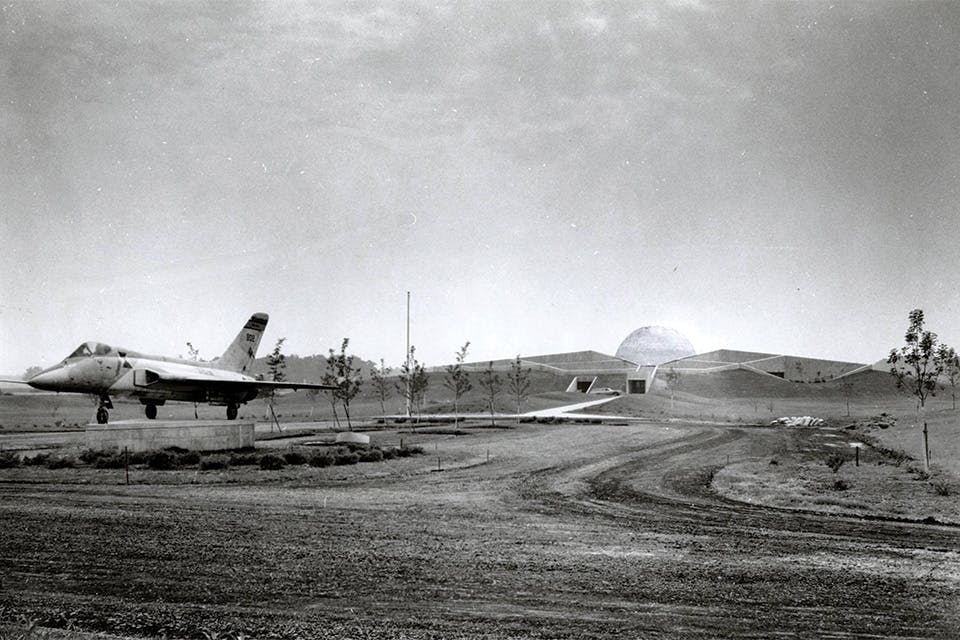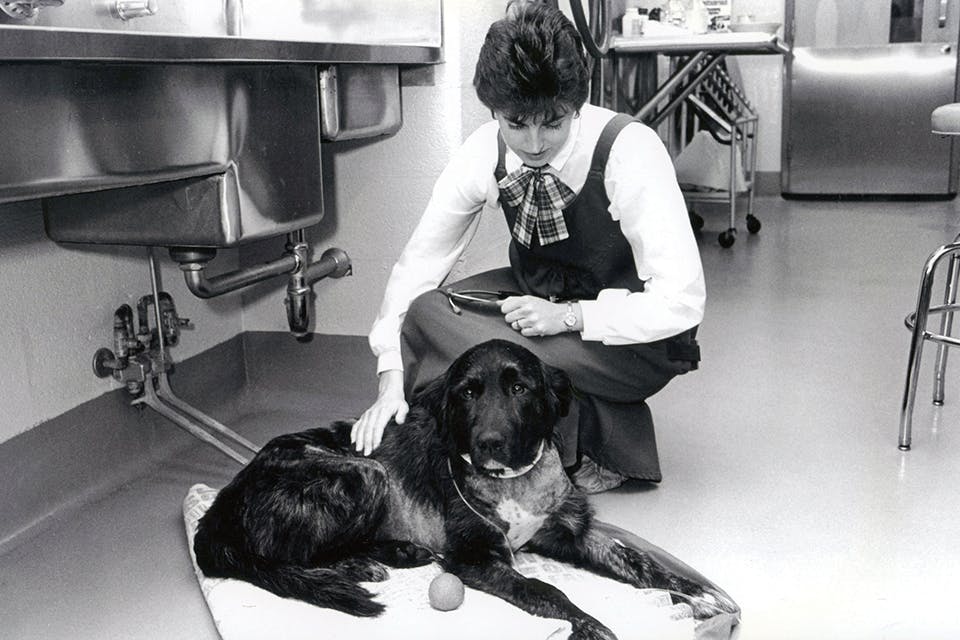Ohio Life
Ohio’s First Canine Kidney Transplant
In 1986, the Ohio State University Veterinary Hospital in Columbus performed the procedure to save the life of an 18-month-old dog named Oden.
Related Articles

Columbus Celebrates Armistice Day
On Nov. 11, 1918, Ohio’s capital city joined communities across the United States in spontaneous celebration marking the end of World War I. READ MORE >>

Cincinnati’s 1963 March and Vote for Jobs and Freedom
In the fall of 1963, nine days before municipal elections, a march and rally at the city’s Fountain Square focused on the pivotal role Black voters played in the upcoming vote. READ MORE >>

Armstrong Air & Space Museum Opens in Wapakoneta
On July 20, 1972, the museum showcasing aviation and space history was unveiled in the famed astronaut’s hometown. READ MORE >>



